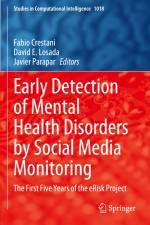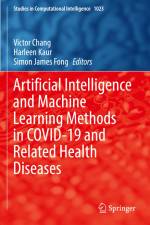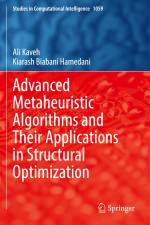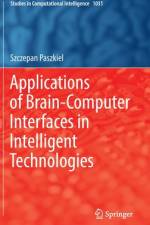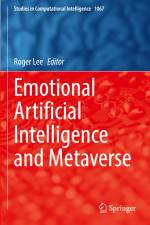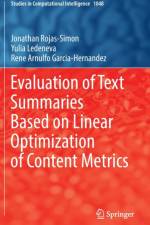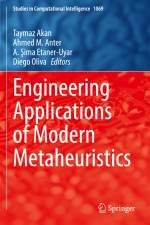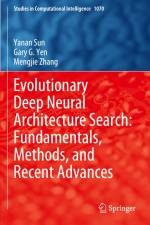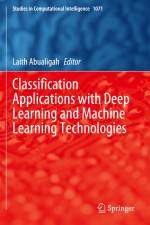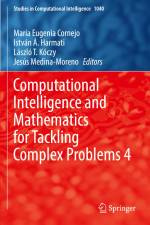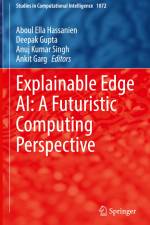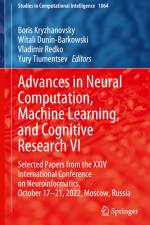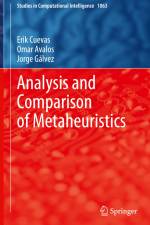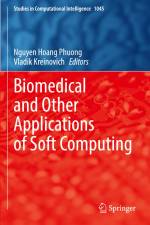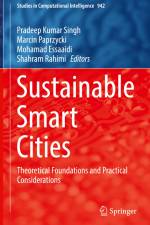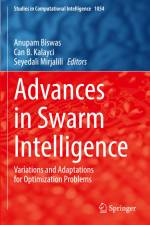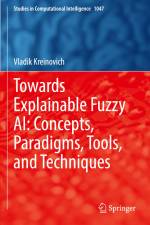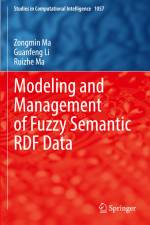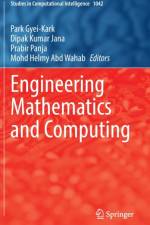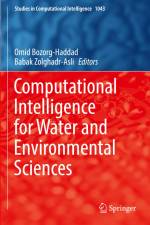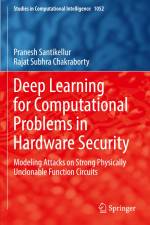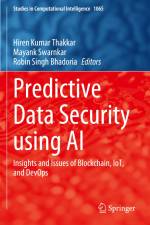av Aboul Ella Hassanien
2 421 - 2 487
This book presents explainability in edge AI, an amalgamation of edge computing and AI. The issues of transparency, fairness, accountability, explainability, interpretability, data-fusion, and comprehensibility that are significant for edge AI are being addressed in this book through explainable models and techniques. The concept of explainable edge AI is new in front of the academic and research community, and consequently, it will undoubtedly explore multiple research dimensions. The book presents the concept of explainability in edge AI which is the amalgamation of edge computing and AI. In the futuristic computing scenario, the goal of explainable edge AI will be to execute the AI tasks and produce explainable results at the edge. First, this book explains the fundamental concepts of explainable artificial intelligence (XAI), then it describes the concept of explainable edge AI, and finally, it elaborates on the technicalities of explainability in edge AI. Owing to the quick transition in the current computing scenario and integration with the latest AI-based technologies, it is significant to facilitate people-centric computing through explainable edge AI. Explainable edge AI will facilitate enhanced prediction accuracy with the comprehensible decision and traceability of actions performed at the edge and have a significant impact on futuristic computing scenarios. This book is highly relevant to graduate/postgraduate students, academicians, researchers, engineers, professionals, and other personnel working in artificial intelligence, machine learning, and intelligent systems.


